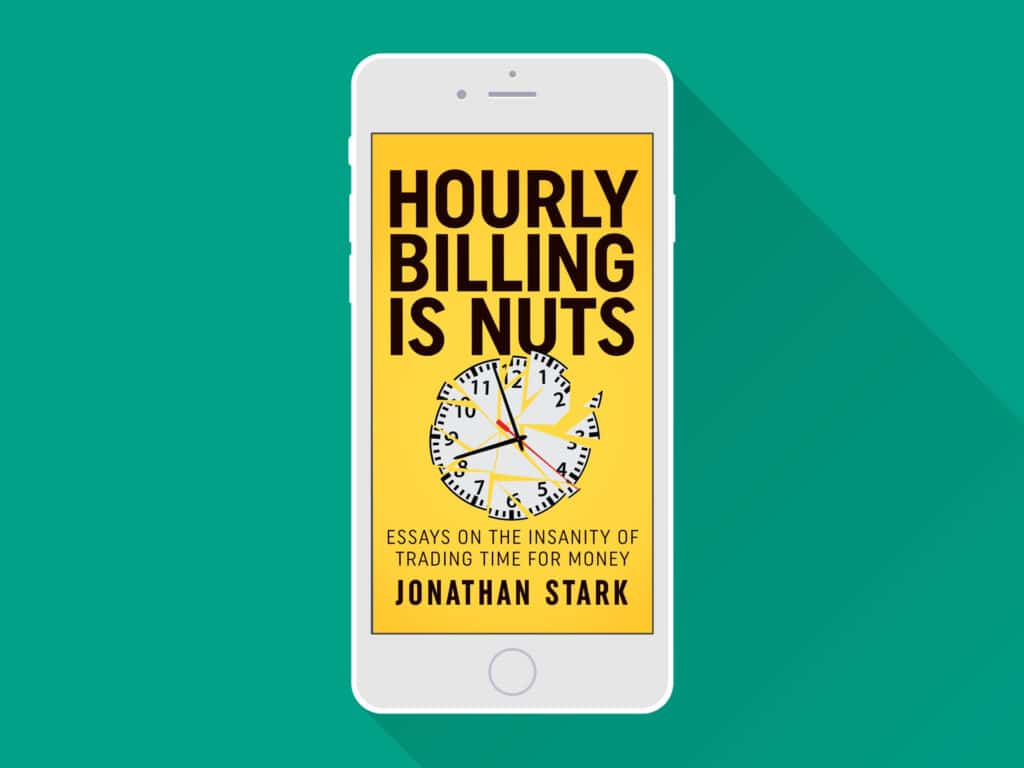Here are the top seven sins to avoid when creating or evaluating your website. Number five comes up way more than it should still in 2021.
1: The Ghost of Blogs Past
“If I had a dollar for every time…” Your parents probably used to say this about something when you were growing up. But in this case, it is true; I would have a few hundred dollars if I received one every time I saw a blog page that was all old posts. I am starting to think everyone stopped creating post content in 2017.
It’s simple – if you have a post channel on your website, you should be using it. If the last post on there is from 2017, consider removing the dates or removing the page altogether.
Old blog content is like walking into a room and finding all the furniture is covered in dust. It signals that no one cares about this space. If you have a website, you want your visitors to know you care!
2: Your Home Page is a Novel
War and Peace is an all-time classic piece of literature, but your website home page should not rival it. According to some research, the average website visitor spends 15 seconds actively on a page. 15 seconds! There are times to offer deep-dive content to your readers, but the home page should be short, sweet, and create a clear picture of what you are offering.
If there is too much text on your home page, the chances are that site visitors will navigate where they came from. Make it short, user-focused, and to the point.
Sign Up to Get Our Latest Posts Tuesdays and Thursdays
No Spam, Period. Just the latest posts.
3: Did I Click That?
(Yes, this is a Steve Urkel reference.)
Shift happens, but you should avoid content moving as much as possible! How often are you on a website and you see the button or link you need to click, but just as you tap it the content all shifts down, and you click the wrong thing? The shift hits the fan for me at least once a day. It is super infuriating to have this happen – and often it happens again immediately on the next attempt.
Make sure you are evaluating your website for little things like content shifting on load. You don’t want a frustrated user – they will move on. If you need technical help with this one, get in touch.
4: No Clear Call to Action
If your website doesn’t present your site users with a clear next step, they won’t take one. Revolutionary, right? It is worth constant evaluation, no matter how obvious it may sound. What would you like your audience to do?
At The Sky Floor, we want site visitors to become customers, starting with a consultation. That is why you find a “Start Now” button in our header and, on other pages, a clear call to “Book a Free 30 Min Consultation.” It should be evident and easy to take the next step.
5: Forget the ‘Fold’ – A Website is Not a Newspaper
What is with the fold? I mean, designers even put a fold line on their design files for the web still. Pet-peeve triggered.
If you don’t know, the fold concept comes from print, where you would put your important headline content above the place where the page would fold over. That way, someone walking by a newsstand could get the big story without picking it up.
Look, it isn’t worth browbeating you, but here are a couple of reasons why the fold doesn’t exist on the web. (Who doesn’t love lists inside lists?)
- Responsive web design. The vertical breakpoint is different on every device and screen size. Plus, some users keep their browser window narrow.
- Users scroll a lot. These days, users know to scroll, and they do. UX Myths has some excellent research on this if you are curious.
- Your site visitors aren’t passive. The idea of keeping content above the fold was necessary for the casual passerby because they are passively engaged. Your users are on your site for a reason. They had to click to get there. They are intrinsically an active participant in your content.
Does this mean you should put all your essential content low down on a page? Obviously not! See sin #4. Just realize you don’t need to try to jam everything at the top!
6: Your Content Isn’t Skimmable
Keep in mind that readers like to get the big ideas in content quickly. They will dig in if they are intrigued. Take this list, for example; you may have skimmed the headlines looking for a web design sin that piqued your interest and then read that further.
Some key elements to remember when creating skimmable content:
- Headlines are your best friend.
- Paragraph breaks help keep it easy to read.
- Use bullet points and lists (see what I did here).
Dive in deeper with some outstanding research here.
7: What Do You Do Anyway?
Make it clear what you do! It is astonishing how often I find a website that doesn’t make its existence clear. Perhaps you have also seen this sin out in the wild.
Right along with the clear call to action is clarity in purpose. If you have a clear call to action, you probably have a somewhat clear purpose. These go hand in hand.
Try to establish clarity of purpose on your website. And always re-evaluate. Websites are living, breathing organisms compared to a tri-fold brochure – use it that way!
Hopefully, you can avoid some of these sins of web design now that you know about them!


